“This post contains affiliate links, and I will be compensated if you make a purchase after clicking on my links.”
Due to the life-changing events of the last year, more pet parents than ever are taking the time to bathe, brush, clip, and groom their furriest family members at home. However, “quarantine haircuts” haven’t been a good look for many of us, and that includes our dogs!
So, before you plug in the clippers and start a DIY dog ‘do, take a moment to learn the ins-and-outs of clipper-cutting your dog’s coat, including when to use attachment combs or clipper blades.
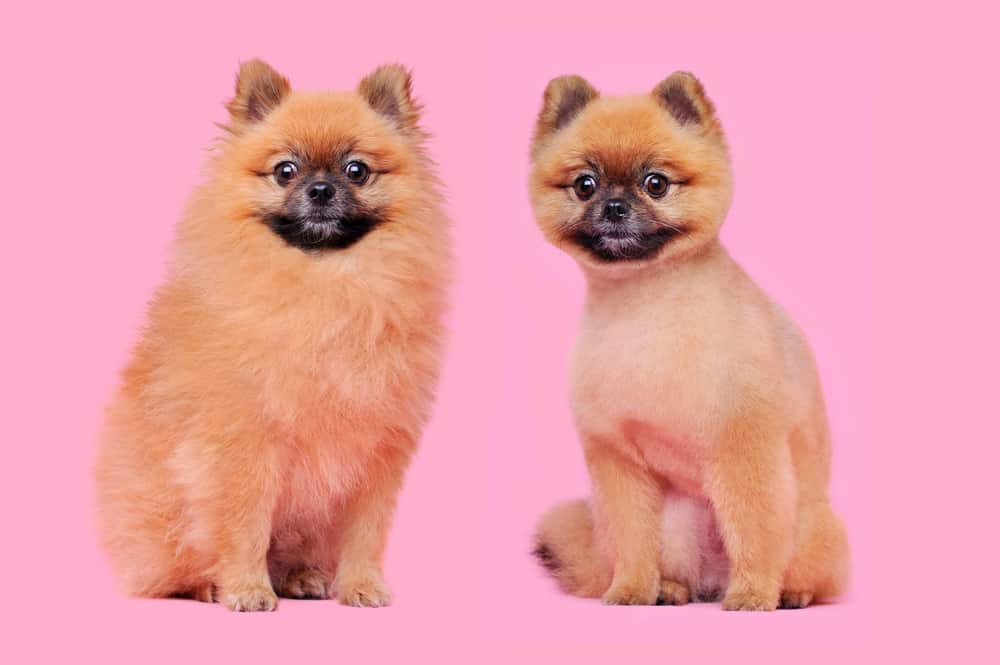
The Basics of Clippers
There are two types of grooming clippers—detachable blade clippers and adjustable blade clippers. A detachable blade clipper has a removable blade system that requires you to change blades depending on the length you want to keep your pet’s coat. Blade lengths range from around .2mm (50 blade) to 16mm (⅝ blade). Hint, the higher the blade number, the shorter the cut. The shortest, the 50 blade, is a very close surgical cut.
Alternatively, an adjustable blade clipper has a blade system that can be adjusted to different coat lengths using a sliding mechanism or lever, without the need to stop and change blades.
The Basics of Attachment Combs
Attachment combs (also commonly known as snap-on combs or clipper guards) can only be used on detachable blade clippers, and only on size 10, 15, or 30 blades. Attachment combs are available in plastic or stainless steel with either a clip-on design or a spring attachment to connect them to the clipper blade. Plastic combs are affordable, durable, and easy to use, but may require multiple passes over the coat to achieve the desired cut. Stainless steel blades are more costly, but slide through the coat easier and require fewer passes to achieve a smooth finish.
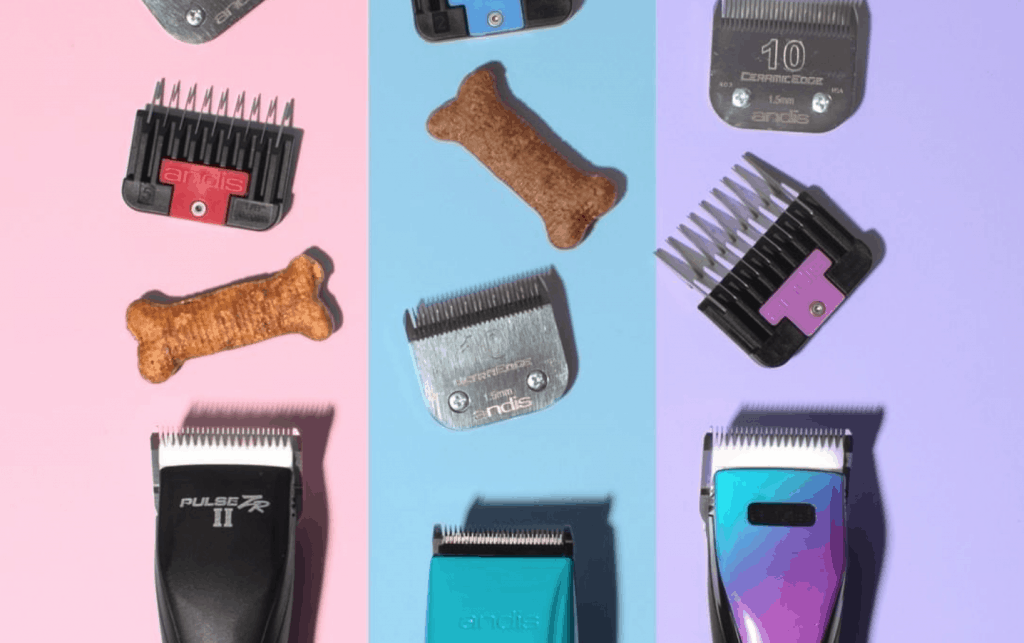
We almost always recommend using a detachable blade clipper for beginner home groomers, like the Andis Pulse ZR II Cordless Detachable Blade Clipper or the Andis Happy Hour 5-Speed Corded Detachable Blade Clipper. With detachable blade clippers, you can add on attachment combs to reduce the risk of accidentally cutting your pup’s coat too short, minimize any chance of scratching or cutting your dog’s skin, dissipate heat generated by the clippers, and make it much easier to achieve a blended, smooth haircut. However, attachment combs aren’t suitable for use during sanitary trims or when clipping paws and paw pads.
In the video below, Andis Grooming Educator, Gabriel Feitosa dives deeper into the differences between clipper blades and attachment combs, including when and how to use each to flawlessly groom your dog at home:
All of the clippers, blades, attachment combs, and accessories Gabriel used above can be found at Andis.com.
Important Tips to Remember
• For best results, only use clippers on a freshly bathed, completely dried, and thoroughly brushed dog. When using attachment combs, it is imperative that your dog’s coat be free of tangles, knots, and mats. Attachment combs will not glide through knotted fur and may pop off during use, making it possible to cut your dog’s coat too closely in that area.
• Refer to this article for tips to remove mats and tangles from your dog’s coat. If your dog’s coat is too matted to be thoroughly brushed through, consider using a blade to create a short cut, and as the fur grows back in, keep it tangle-free with regular brushing and combing. When it’s time to groom again, you will have better results with the attachment comb, allowing you to achieve the desired length.
• If you prefer to use a blade alone to groom your dog, we suggest keeping two of each length on hand to use during your grooming session. Blades can get very hot due to the friction of the blade going back and forth. A hot blade can be uncomfortable or dangerous to use on your dog. When one blade gets too hot, simply switch to the other.
Another great product to have is Andis Cool Care, a disinfectant and cleaning spray that also cools and conditions your blades. Simply spray onto the blade for quick cooling.
• Always follow up grooming with blade maintenance. Clean and oil blades regularly to keep them sharp and lubricated. For more detailed tips to Clean, Maintain, and Prolong the Life of Your Grooming Tools, click here.
Head to Andis.com for all your dog grooming tools and accessories, and be sure to visit Andis Grooming College for answers to commonly asked questions, how-to videos, and step-by-step guides to grooming your pets at home.




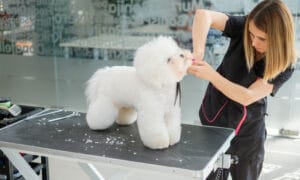




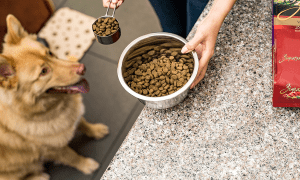



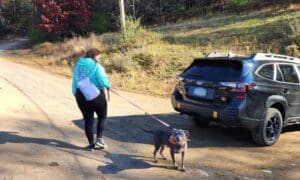

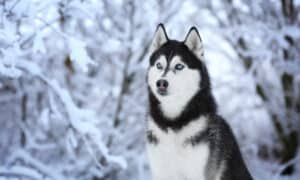



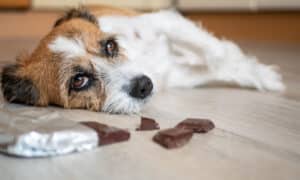


Great article providing some tooltips for home grooming and also outlining the importance of safety. Great video demonstration as well, now if only all dogs were as docile as yours when getting trimmed 🙂